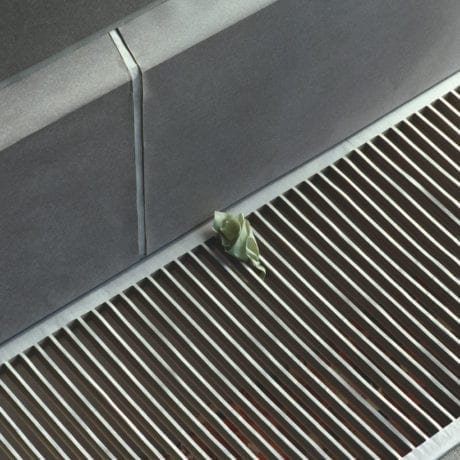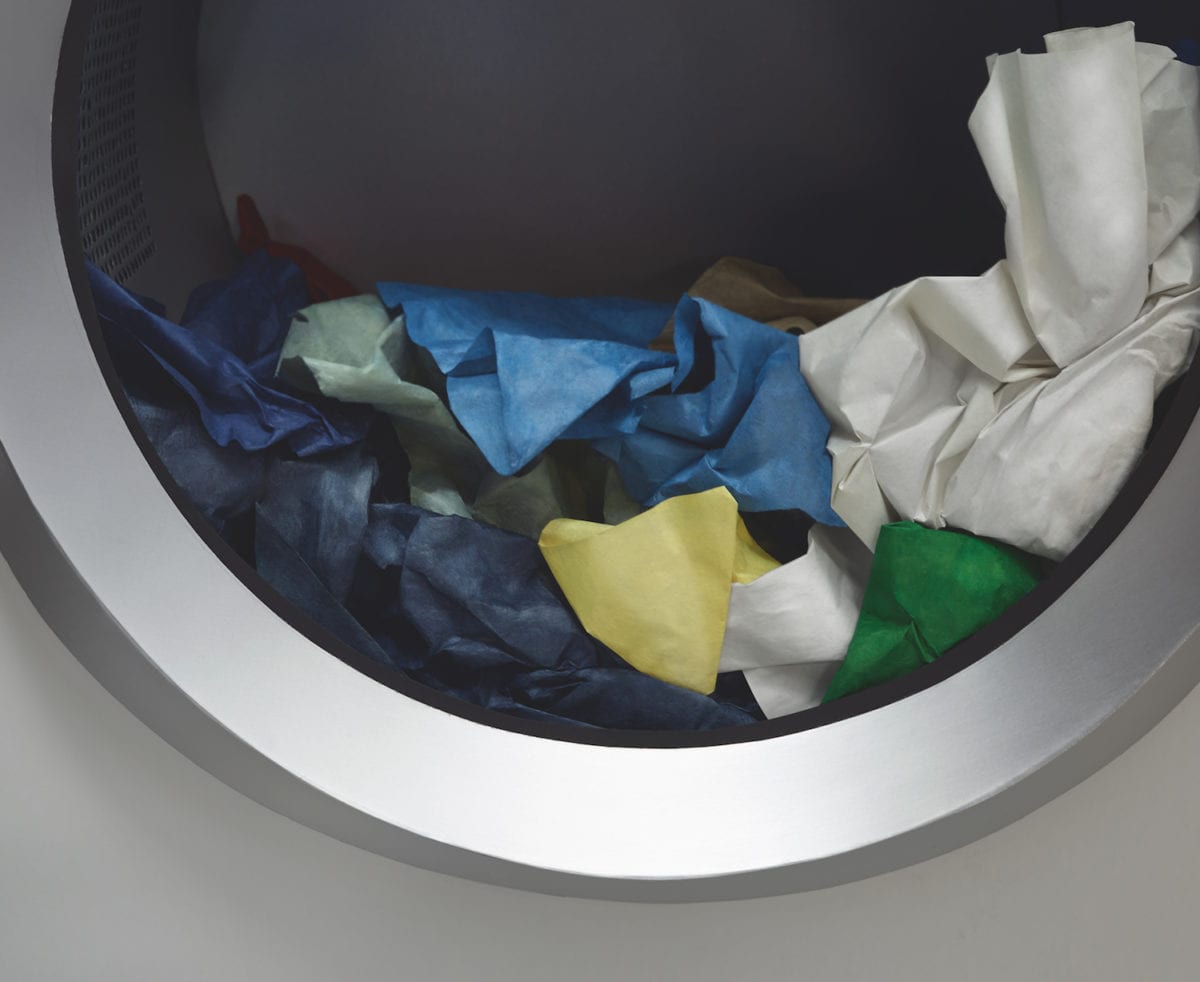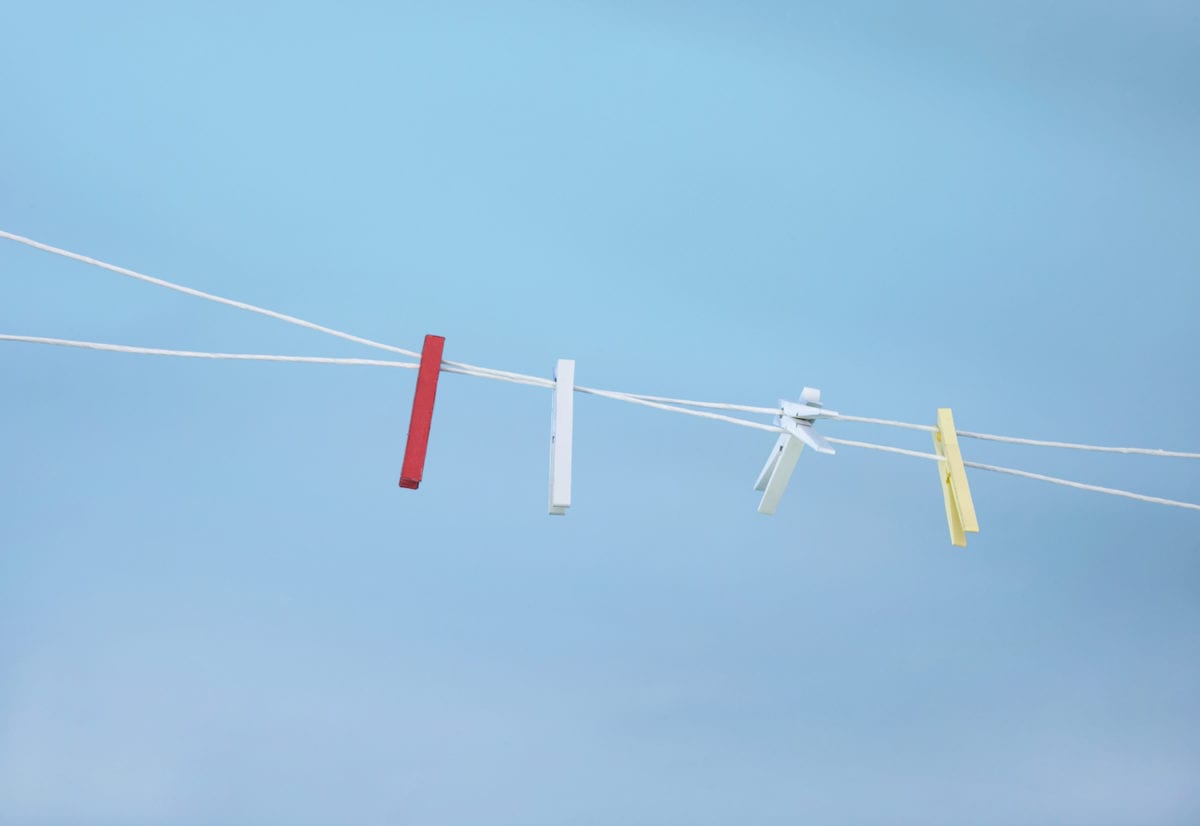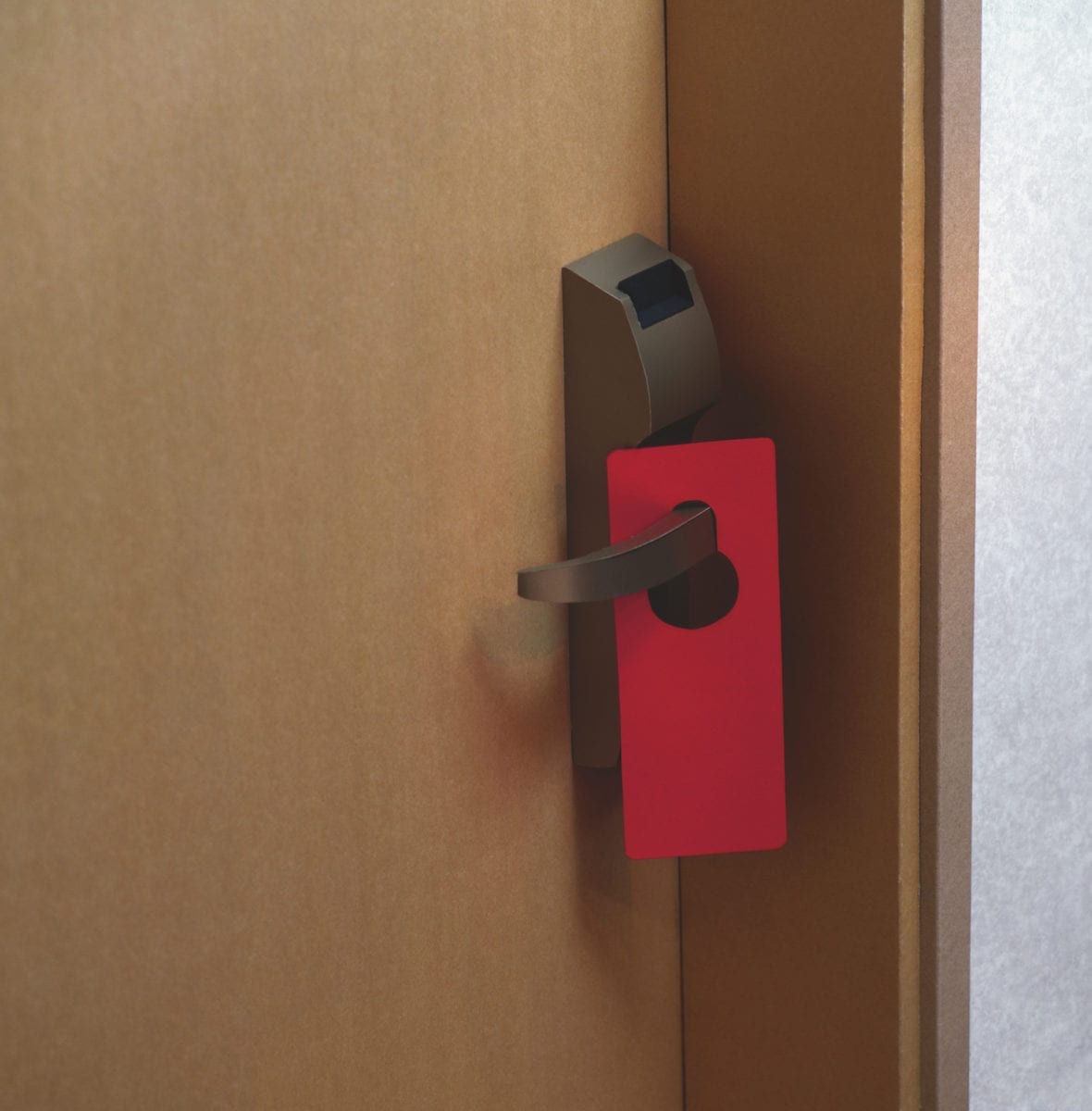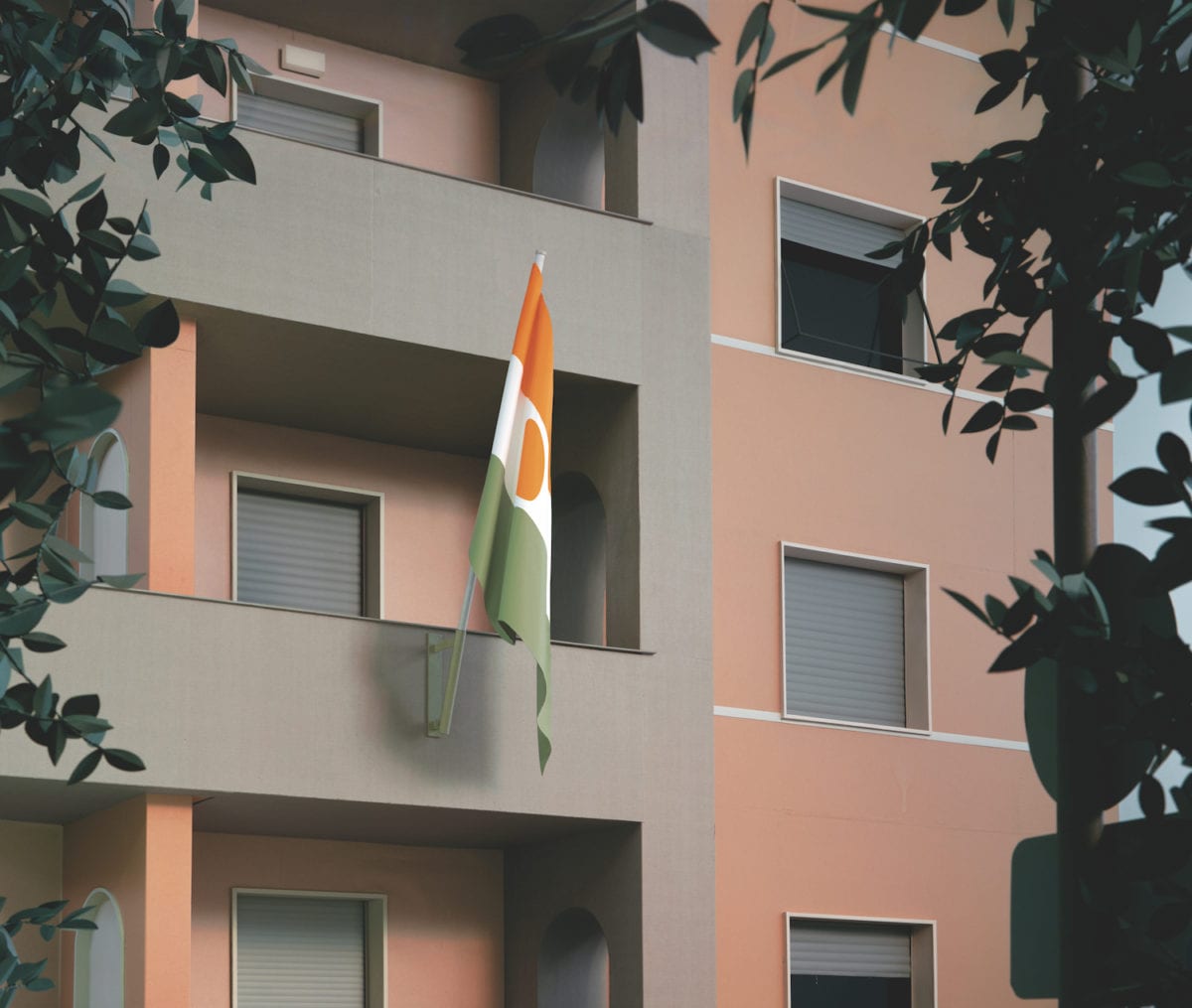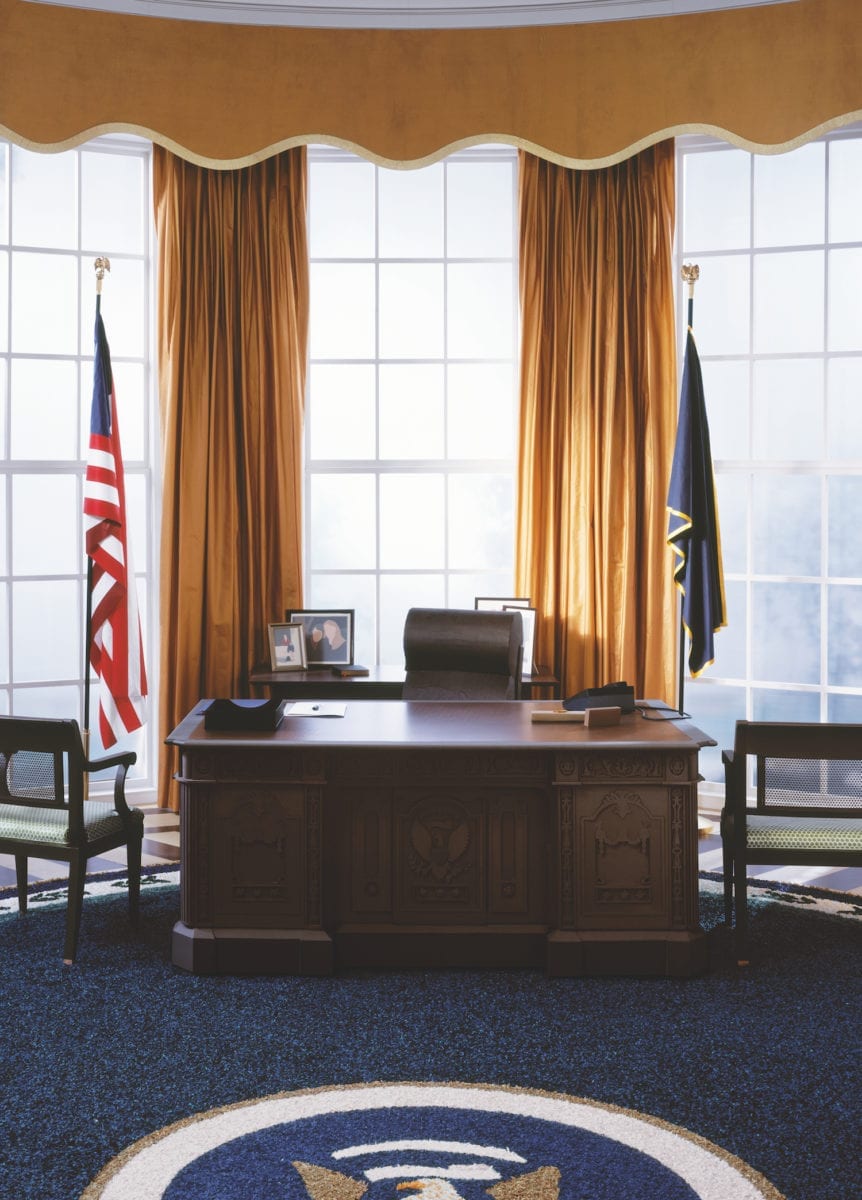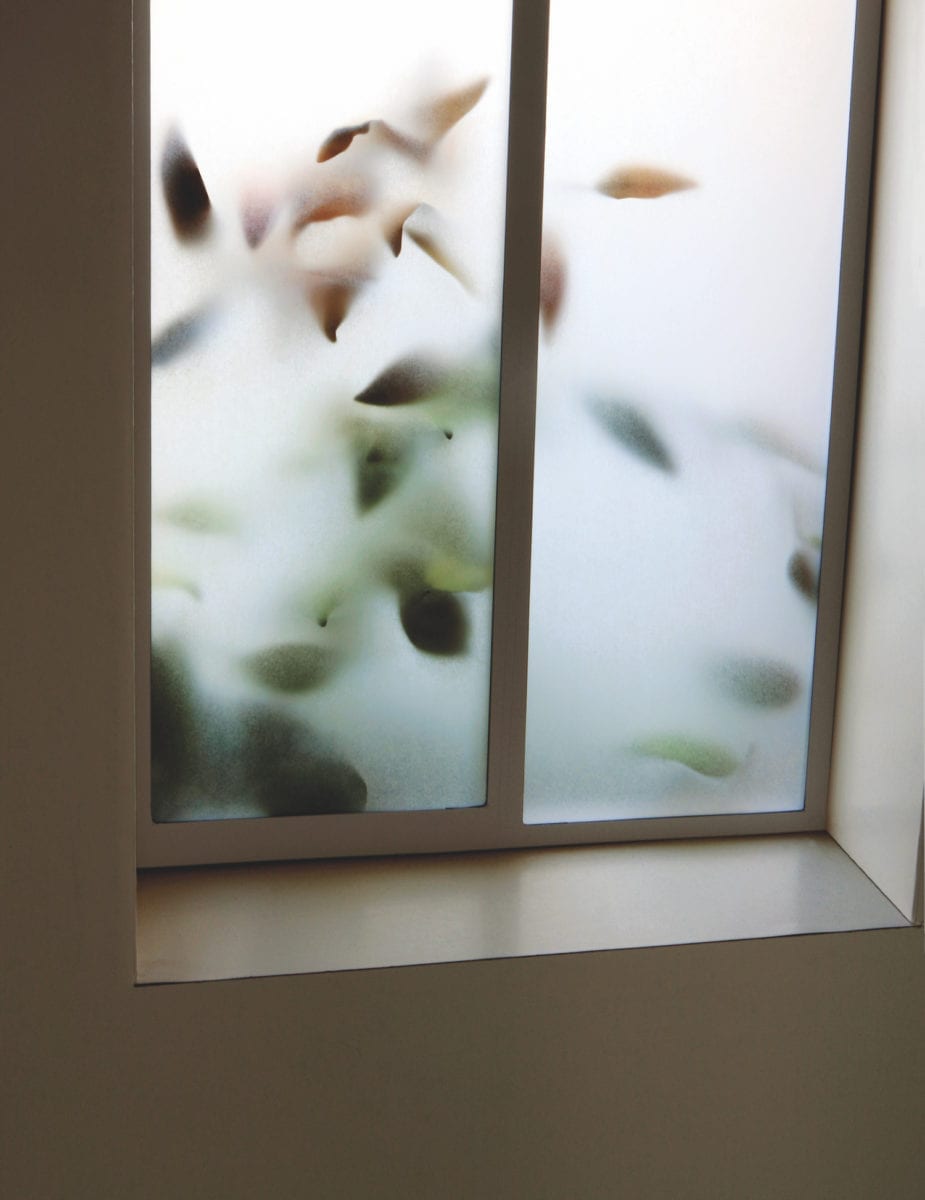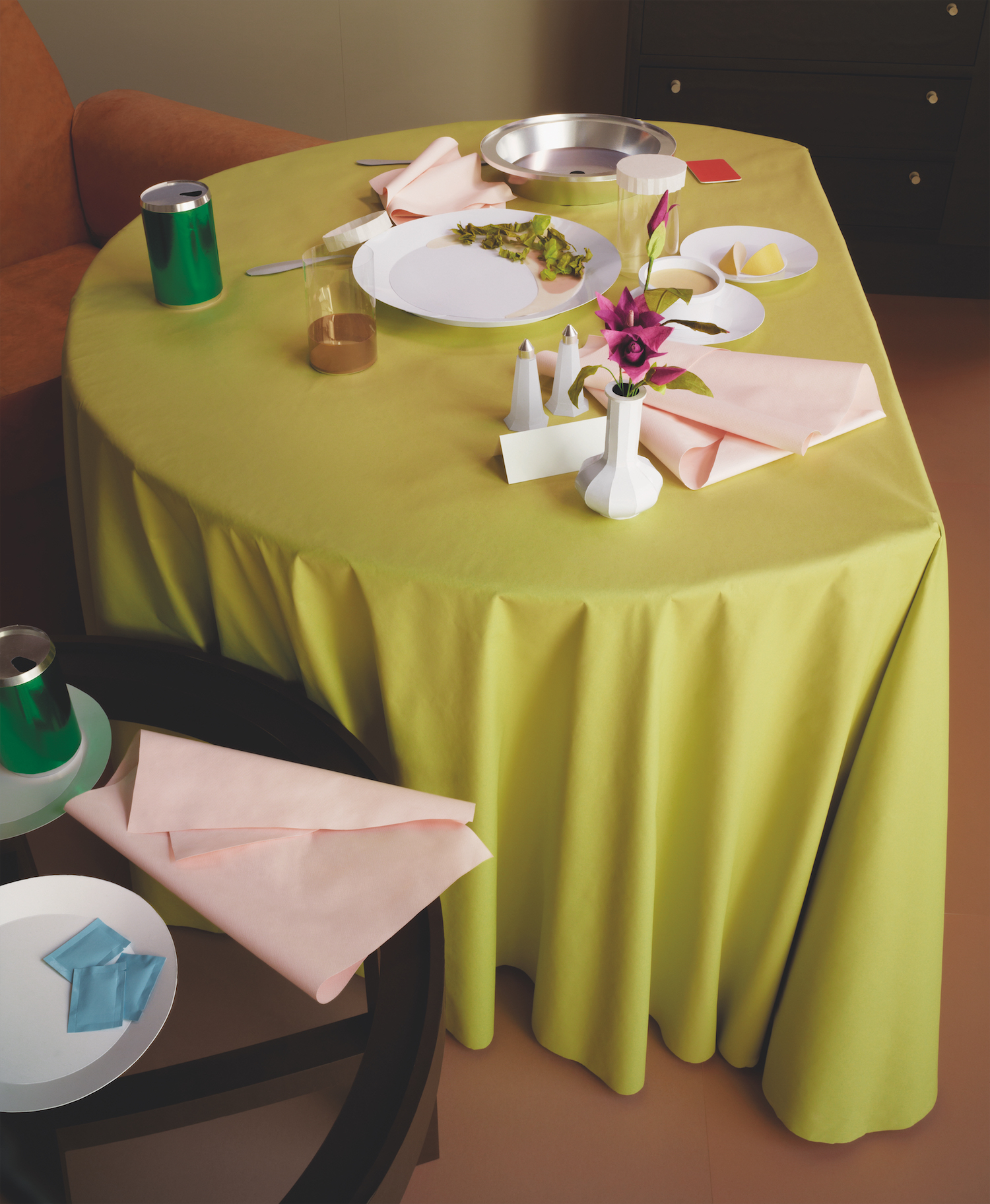
Even in these digital times, paper remains a staple of our lives. Already today, I have bought a takeaway coffee, read a free daily newspaper, scrawled on a post-it note, crumpled receipts into my pocket and filled in my daily planner. Thomas Demand is an artist who knows the versatility of paper well. Originally trained as a sculptor, he has since made a name for himself as a photographer with a highly unusual working practice.
Look first at his architectural interiors, crisply documented, and you might wonder at the remarkable access that he has gained around the world, everywhere from the Oval Office to the former headquarters of the Stasi secret police. Look closer, though, and a wrinkle or crease amidst the sharp lines of the image might catch your eye. The clue is in that humble staple of our lives—paper. These spaces have been meticulously constructed by Demand at 1:1 scale, entirely from paper and cardboard. Here a stray pen rolling towards the edge of a desk, there a crumpled napkin sits, while a beige wastepaper basket hangs out next to the photocopier… such is Demand’s attention to detail that it seems almost impossible for these uncannily familiar interiors to be just reconstructions of the real.
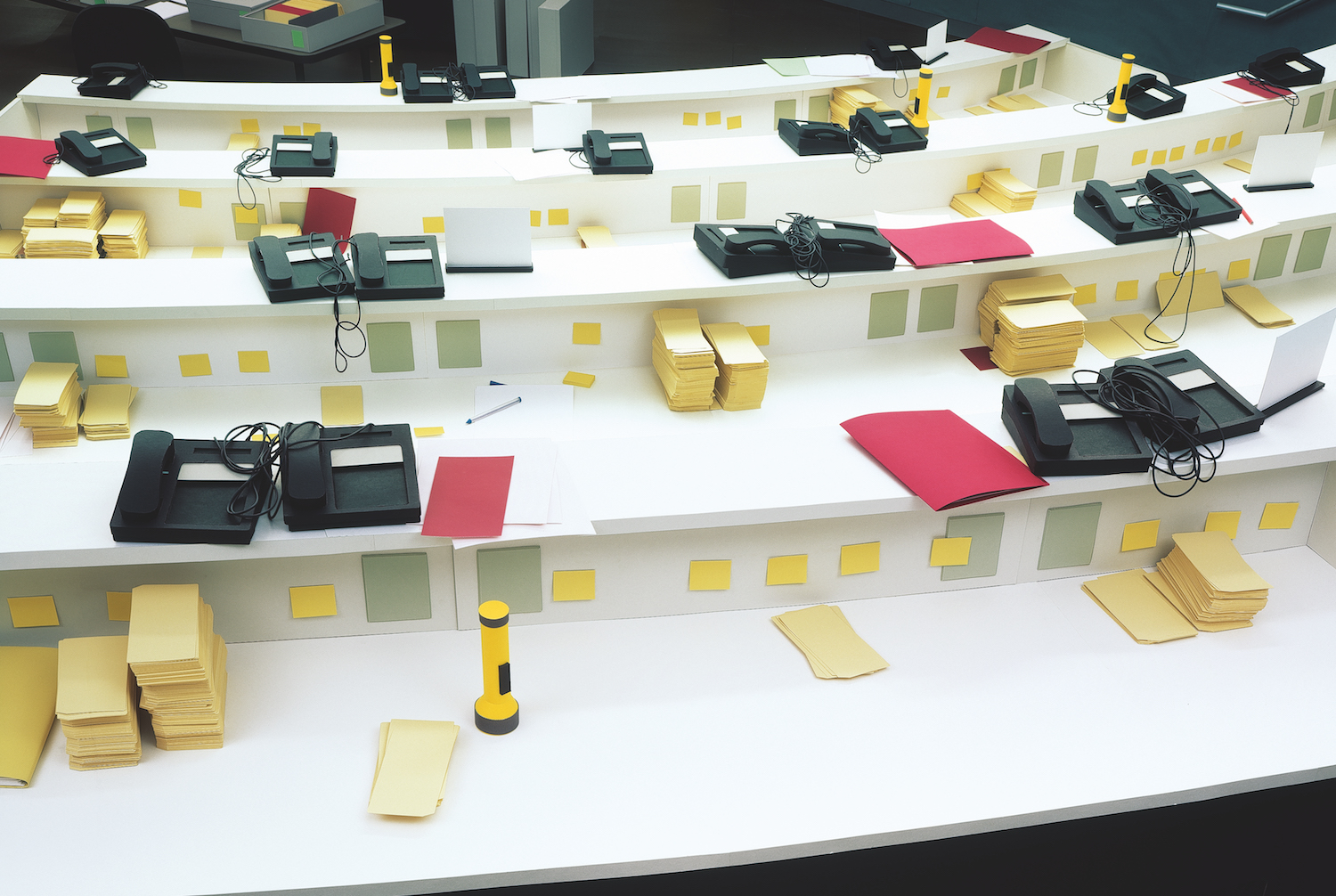
Poll, 2001
Born in Munich in 1964, Demand had a quiet upbringing, while his father and grandfather were important architects in shaping the city—an early influence on his interest in the built environment. “It’s funny to think back on it, it seems like it’s from a black-and-white film. There were pretty much just cows and lederhosen,” he laughs over the phone from Los Angeles, where he now splits his time with Berlin. “I left when I was eighteen, but those early years might explain why I have been so restlessly moving around, and why I still am. I’ve always wanted to live in different places around the world.”
Three years at the Staatliche Kunstakademie Düsseldorf was followed by a stint studying in London, and later time spent in both Amsterdam and New York, a world away from his hometown in southern Germany. “When I moved away from beautiful Munich to ghastly Dusseldorf, I was really shocked by the banality of the world,” he explains, without a trace of irony, before it all comes out in a rush. “The reality of life hits… you have to get health insurance so you sit there and wait in line, and you just realize how awful and thoughtless and standardized the world is. And then you come to America and you realize that, whether you go to an insurance office or a hospital, it basically looks the same. That’s where it started to interest me. We all share the same spaces, but the narratives are very different.”

“Whether you go to an insurance office or a hospital, it basically looks the same”
The reconstructed interiors painstakingly created by Demand dig into this twin frustration and fascination with the sheer sameness of our surroundings, from airports to waiting rooms. “For a long time, I didn’t try to have atmospheric light like a film would do, I would have neon light; artificial light would be my favourite way of lighting up spaces because that’s what surrounds us.” He turned his attention to historically significant locations, which are shown to look surprisingly ordinary, when all is said and done.
Kitchen (2004) is based on soldiers’ snapshots of the compound where Saddam Hussein was captured, Control Room (2011) simulates the interior of the Fukushima Daiichi Nuclear Power Plant that suffered a tsunami-induced meltdown, while Corridor (1995) shows the hallway leading to serial killer Jeffrey Dahmer’s apartment. Demand’s titles are deliberately generic, stripping out all extraneous information to raise some curious questions about the things that we have in common. Did Saddam Hussein use a biro? Might your own hallway not look dissimilar to that of a serial killer? Does the Oval Office have the same letter tray as your own workplace?
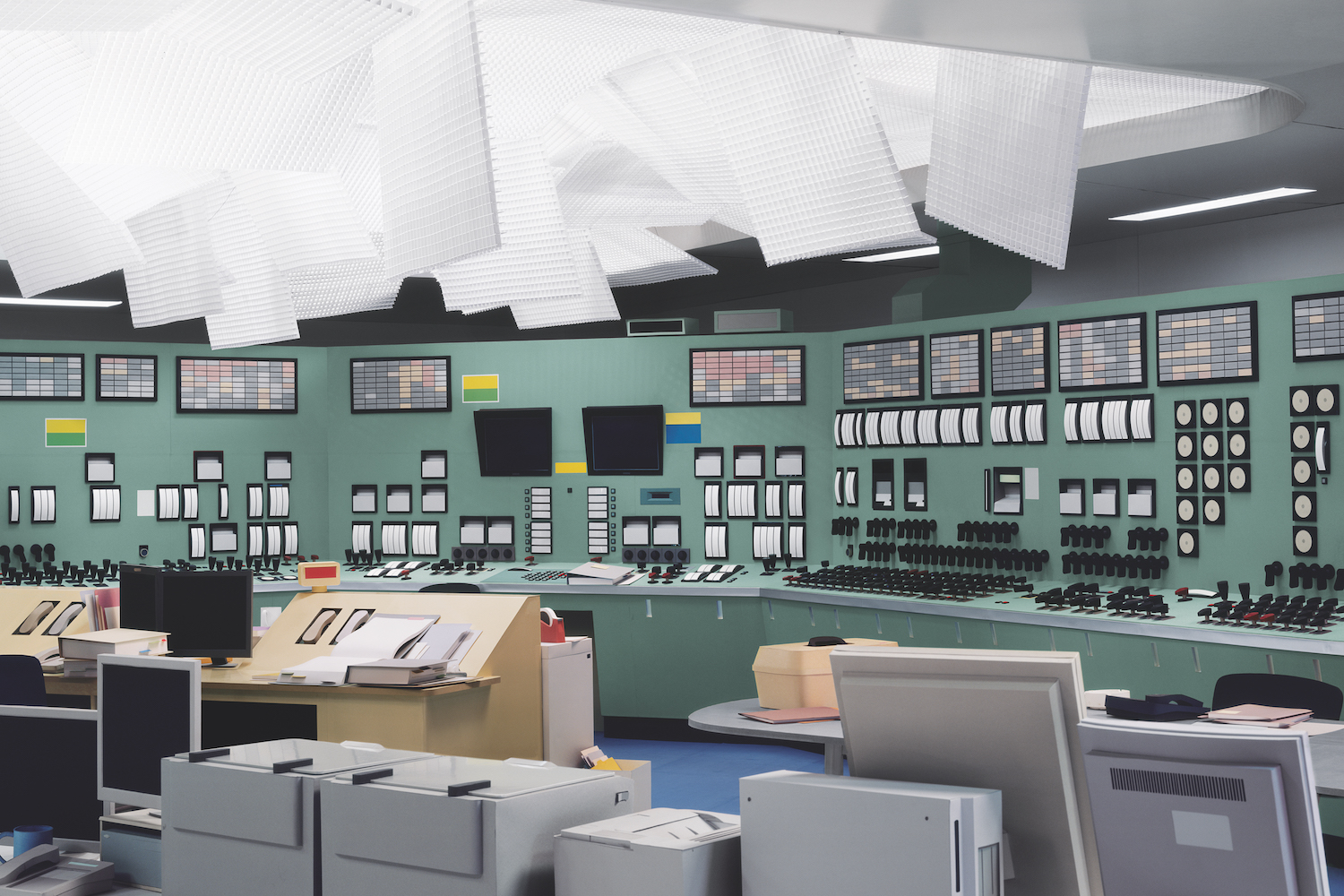
Kontrollraum/Control Room, 2011
This flattening of the world is particularly relevant in the age of the internet, when millions of images are shared every day via social media and trends travel faster than the speed of light. In The Dailies (started in 2008) Demand narrows his eye for detail to everyday things in everyday settings. From cigarette butts extinguished in a sand bowl to a discarded cup, it is an outlook made familiar by image-sharing platforms such as Instagram. “We don’t talk because we don’t have to, and we send out a picture instead. Huge parts of communication are now actually determined by images.”
These still lifes linger indulgently upon the overlooked elements that we each use unthinkingly; junk-space, as Rem Koolhaus puts it—the residue mankind leaves on the planet. Built from paper by Demand, they take on a sardonic, inquisitive tone. While these might look like casual iPhone snapshots, hours of physical labour have gone into simulating something so fleeting. “With the generic, we still have narratives,” he muses. “But what makes a narrative? Is it you, is it the object, is it the memory? These are the factors that interested me.”
With the advent of the phone camera and digital photography, the way that we consume images has transformed: we are all now photographers. Demand agrees: “The subjective view on the world is the dominating view, and that completely matches what social media does. Of course, amazing images still come out of the world today but, at the same time, our knowledge about making images and their narratives has become so astonishingly complex… that’s why I do The Dailies.” As he succinctly puts it, “Photography used to show you the unknown, but now it shows you the known. That’s our world, it’s just kind of upside-down.”

“We don’t talk because we don’t have to, and we send out a picture instead. Huge parts of communication are now determined by images”
And what of Demand’s fragile models themselves, life-size and large enough to walk within? Once they have been photographed, they are promptly destroyed. I want to know why: is it an act of defiance? Demand demurs. “Once you’ve understood something, you don’t need to keep the things you once needed to get there. You can leave it behind. You don’t need the real thing, the object, anymore.”
It is a liberating outlook, and one that has enabled Demand to side-step some of the more challenging practical considerations of both the sculptor and the photographer, instead forging a hybrid practice that is entirely his own. “If you talk to any sculptor, they have the same problem: storage. What do you do? Me, I never wanted to have much luggage. With what I do, I’m not locked into one place. The classic photographer, he travels and then he photographs there, but I just never needed that. I can start working anywhere.”

Atelier, 2014
Paper, that staple of our lives, is the constant in Demand’s creations. “It is a great material because everybody knows it and everybody has it, all over the world. It’s not precious, and it’s also very common,” he reflects. “Everyone you talk to has had a piece of paper in their hand, on that very day, and you know how it crumples; you know the physical quality of it.” At once generic and personal, it is not unlike the quietly connective outlook that underpins Demand’s image-making. His constructions might be transient, but their uncanny familiarity makes their impact far from disposable. Crumple a piece of paper, and think of all those that were crumpled before it. The clues to the shared stories and surprising intersections contained within these images are all around us, if we only stop to look.
All images © Thomas Demand, VG Bild-Kunst, Bonn/DACS, and Mack, London
